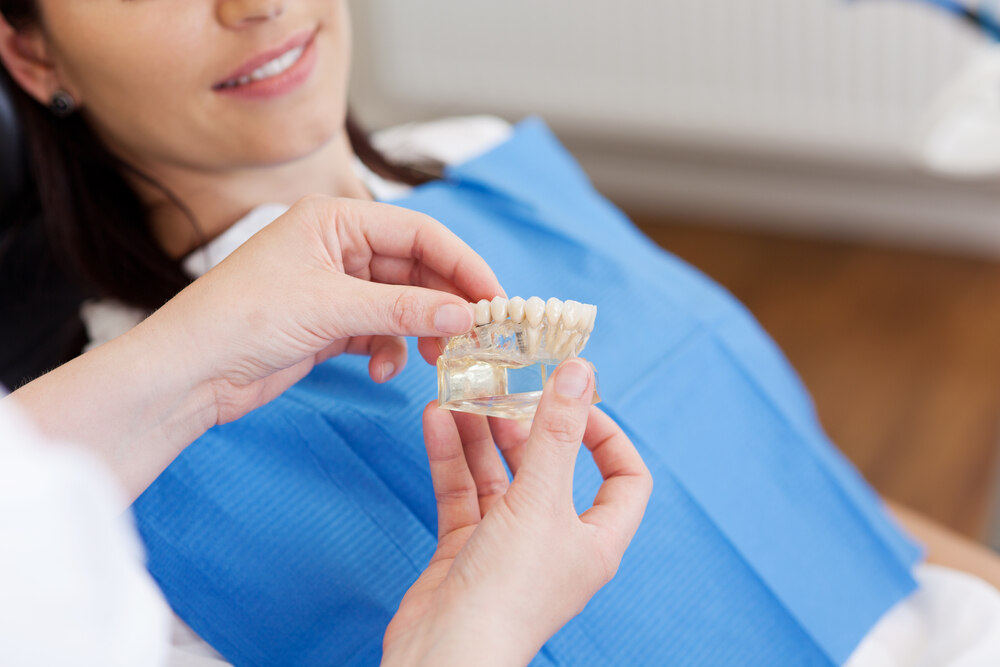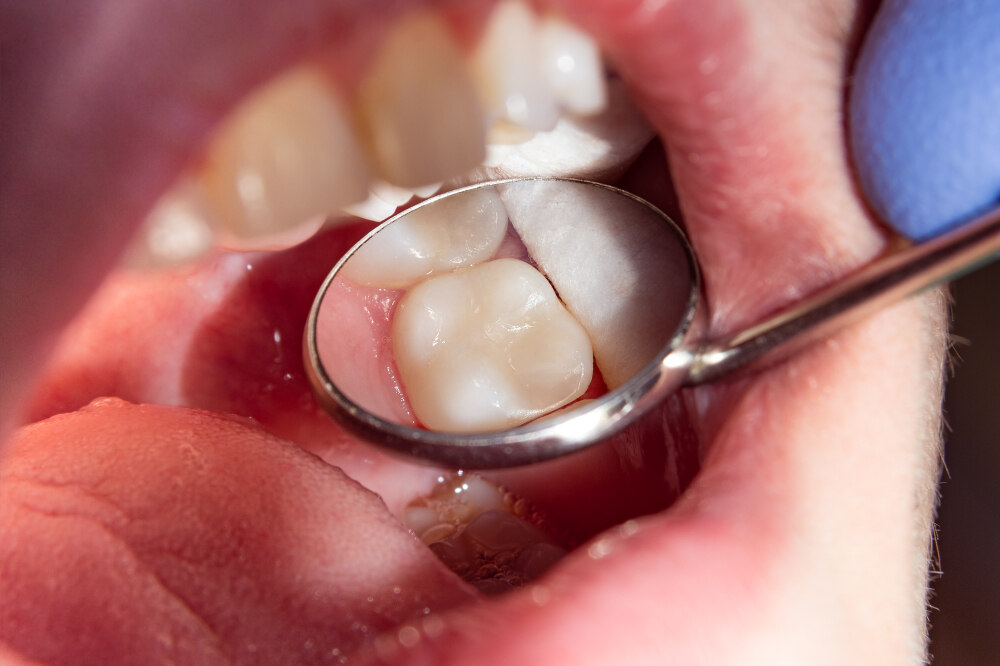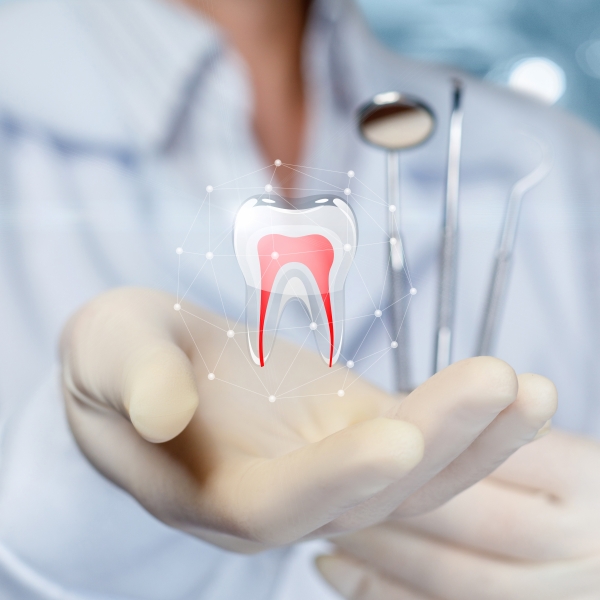A Guide to Dental Inlays, Onlays, & Overlays
Dental restorations are essential for repairing teeth damaged by decay or trauma, and advancements in dental technology have broadened the range of options available to patients. Understanding the differences between dental inlays, onlays, overlays, and crowns can help you decide which treatment best suits your needs. BDMS Wellness Clinic offers a comprehensive range of dental inlay restorations and other services for optimal dental health.

Types of Dental Restorations
Dental inlays, onlays, overlays, and crowns have specific applications and characteristics that make them suitable for different dental scenarios. All four types of restorations aim to restore functionality and appearance. They help improve chewing efficiency, enhance aesthetic appearance, and protect against further decay or damage.
The procedure for placing dental inlays, onlays, overlays, and crowns involves preparing the tooth, taking an impression, and fitting the custom-made pieces. However, the extent of the tooth preparation varies depending on the type of restoration required.
Dental Inlays
Dental inlays are used to repair the chewing surfaces of back teeth when the damage is not extensive enough to require a crown. Inlays fit within the biting surface of the tooth, specifically within the cusps (the raised points of the tooth). They’re typically made from durable materials like gold alloy or ceramic, and custom-fitted to fill cavities without altering the tooth’s overall structure.
Dental Onlays
Onlays, also known as partial crowns, cover one or more cusps of a tooth and can extend over the biting surface. Onlays are used when the damage is more significant but not severe enough to require a full crown. As such, onlays provide more coverage to preserve the natural tooth structure.
Dental Overlays
Dental overlays are similar to onlays but cover a larger portion of the tooth’s surface. They’re used to repair teeth that have extensive damage affecting their integrity, but where their root system remains healthy.
Dental Crowns
Dental crowns cover the entire visible part of the tooth above the gum line. They’re used when a tooth is extensively decayed or damaged or to protect a weak tooth from breaking. They’re also used as reinforcement after a root canal.
Materials Used
Dental inlays, onlays, overlays, and crowns are all durable solutions designed to withstand the forces of chewing and last for many years. However, the lifespan can vary based on material, placement, and oral hygiene practices.
The typical materials used for these dental restorations are gold alloy, ceramic such as porcelain, or glass ionomer. Gold alloy is strong, durable, and an excellent option for patients looking for long-lasting solutions. It’s particularly resistant to wear and tear, making it ideal for back teeth to withstand greater chewing and grinding pressure.
Ceramic, porcelain, and glass are also highly durable materials. They’re popular as a more aesthetic solution, as they can mimic the tooth enamel’s color and translucency for a more natural appearance, especially for front teeth.
The materials used in your dental restorations impact the appearance, functionality, and durability. BDMS Wellness Clinic sources high-quality materials for inlays, onlays, and overlays to ensure that each piece is strong, aesthetically pleasing, and long-lasting.

High-Quality Dental Restoration
Our dental professionals are highly trained in general and cosmetic dentistry and specialize in complex dental restorations. With years of experience, our dentists ensure that every restoration is performed with precision and care. Each treatment is custom-made to fit the patient’s specific tooth anatomy for a natural fit, appearance, and comfort.
With state-of-the-art facilities, BDMS Wellness Clinic in Bangkok uses the latest digital dentistry technologies, including 3D imaging and computer-aided design/manufacturing (CAD/CAM), to create restorations that fit perfectly and look natural. This technology speeds up the process and improves the accuracy and longevity of the dental work.
If you’re considering dental restoration such as inlays, onlays, and overlays, contact BDMS Wellness Clinic for a consultation. Let our specialists help you understand your options to achieve the best possible results for your dental health.




